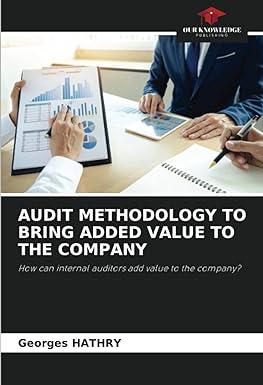Question
Amanda, who is in the 32% marginal tax bracket, must decide between two investment opportunities, both of which require an initial cash outlay of $150,000
Amanda, who is in the 32% marginal tax bracket, must decide between two investment opportunities, both of which require an initial cash outlay of $150,000 at the beginning of year 1.
Investment A: This investment will yield $25,500 before-tax cash flow at the end of years 1, 2 and 3. This cash represents ordinary taxable income. At the end of year 3, Amanda can liquidate the investment and recover her $150,000 cash outlay. She must pay a nondeductible (for tax purposes) $750 annual fee at the end of years 1, 2, and 3 to maintain Investment A.
Investment B: This investment will not yield any before-tax cash flow during the period over which Amanda will hold the investment. At the end of year 3, Amanda will be able to sell Investment B for $215,000 cash. Her $65,000 profit on the sale will be a capital gain.
Required: Assuming a 6% discount rate and end-of-year tax payments, determine which investment has the greater net present value.
Step by Step Solution
There are 3 Steps involved in it
Step: 1

Get Instant Access to Expert-Tailored Solutions
See step-by-step solutions with expert insights and AI powered tools for academic success
Step: 2

Step: 3

Ace Your Homework with AI
Get the answers you need in no time with our AI-driven, step-by-step assistance
Get Started


